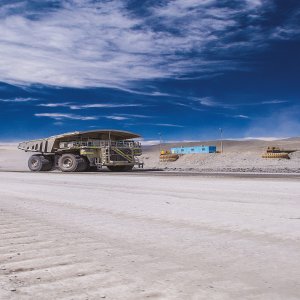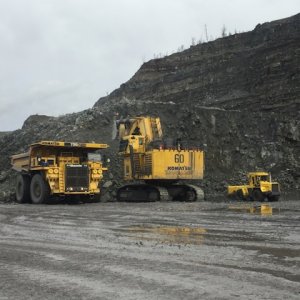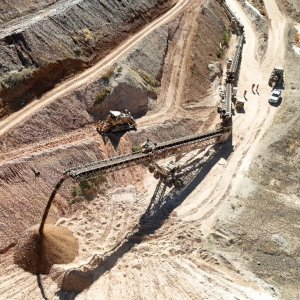Rail Prioritization For Efficient Mining Trade

STORY INLINE POST
Q: How is KCSM helping unlock railway transportation potential in Mexico and what impact has it achieved in the economic development of the country?
A: KCSM currently has 4,251km of railway in Mexico. We are committed to further upgrading our rail network through an annual investment in its modernization; this in order to have a more competitive and efficient railway system. In 2018 we have planned to invest US$165 million, but the total outlay may end up being higher.
We believe that we are achieving our efficiency goal as our key actions attest to our progress. For example, we collaborated with the Mexican and US authorities to establish an inspection booth at the border, which has helped to establish a more efficient train crossing in the area. We are also working on international crew matters to avoid having our trains stopped at the border. We have contributed a great deal financially to control and monitoring equipment for our trains, to better monitor the products we move. We think that it is key to take more preemptive actions instead of reactive ones.
We are also making a considerable investment in our rail yard in Nuevo Laredo, building the biggest rail infrastructure that we have in the country. We expect this project to help us speed up train movements on the northern and southern crossings, increasing our efficiency and competitivity. Our outlay is also focused on new equipment and locomotives. All of these actions may seem independent but they pursue the objective of making our trains more efficient and competitive. We move around 40 percent of the total rail freight in the country. While we do not expect to increase this percentage, the volumes moved keep growing.
Q: Given López Obrador’s victory, what impact will his government have on Mexico’s industrial competitiveness?
A: KCSM has already opened a dialogue with the newly-elected administration. We have discussed the projects that it has planned and we believe that the scenario ahead is encouraging. The national and international markets have responded to the election calmly, which is a very good sign. Our company has worked with all types of local governments. At a federal level we have collaborated with two parties and now will have the opportunity to work with a third. Our line of work will continue to be institutional and very respectful of the law. We hope to carry on a very good relationship, as we have for the 22 years we have spent operating in Mexico.
Q: How does KCSM remain at the forefront of innovation adding value to the mining industry?
A: We cannot move our rail network to reach new mines, so we strive to offer greater availability instead. Regarding the mining industry, we are mainly moving steel. All the investments we make in upgrading our network benefit the industry as they are aimed at having a more efficient and competitive railway. I believe that the mineral terminals enhance the process of storing ores. To add more value to the industry, it is also important to be in constant communication with our clients to make sure we are helping them in the best way to achieve their growth expectations. The industry has the same rail needs across countries, so KCSM implements the same best practices in Mexico, the US and Canada. We build a single railway, instead of dividing it across borders. This helps us be more efficient and competitive by achieving a greater fluency in circulation. The sooner we can take a carriage from origin to destination, the greater availability we will have for the industry.
Q: What are the main obstacles that the mining industry faces in terms of logistics and trade?
A: The mining sector requires more availability of rail freight transportation and thus of railways. But it is up to the authorities to determine when and how to tender for new rails. I think that the Mexican mining industry is very well developed and has received the service that it requires through shipping lines and railways.
























